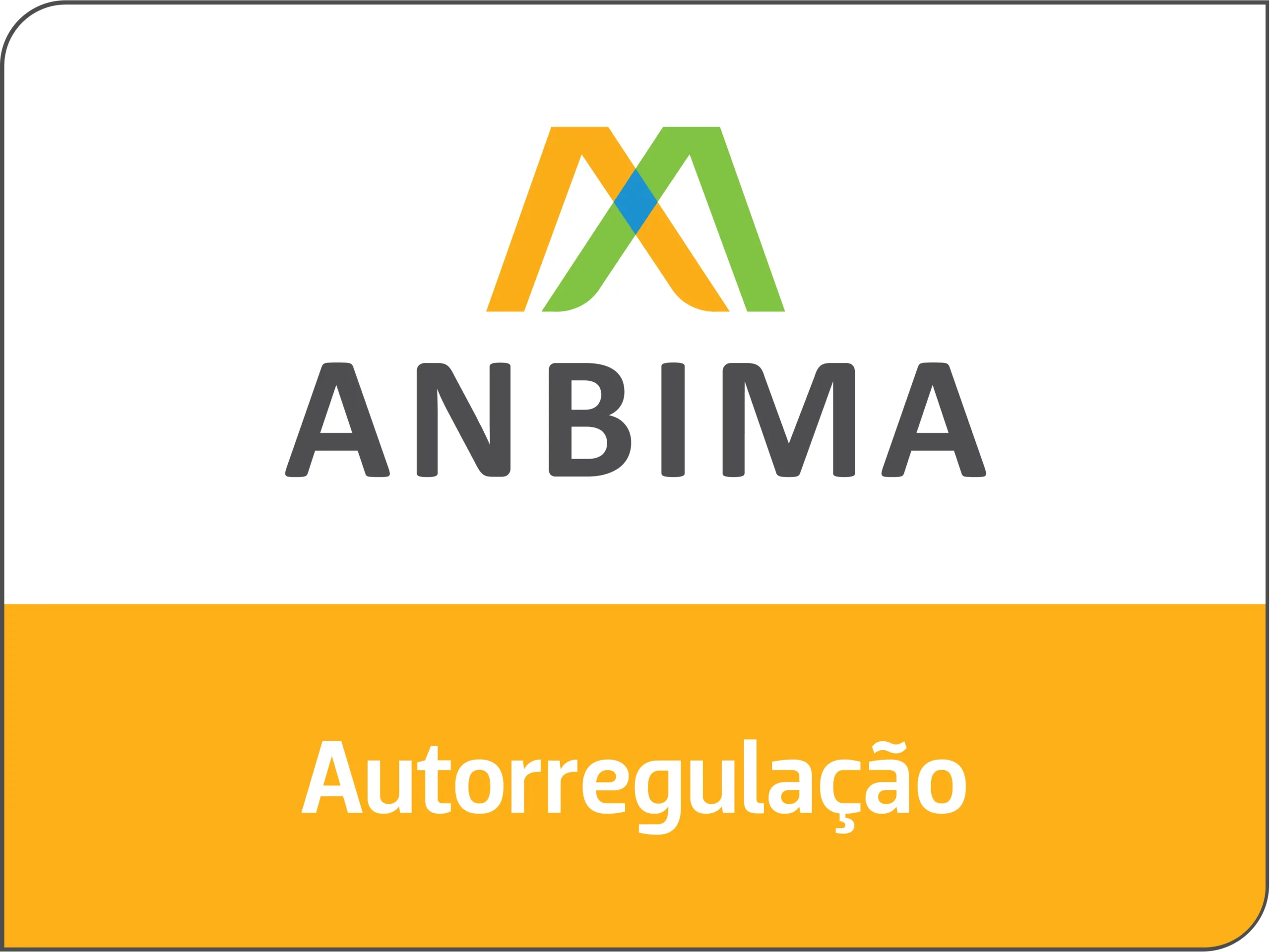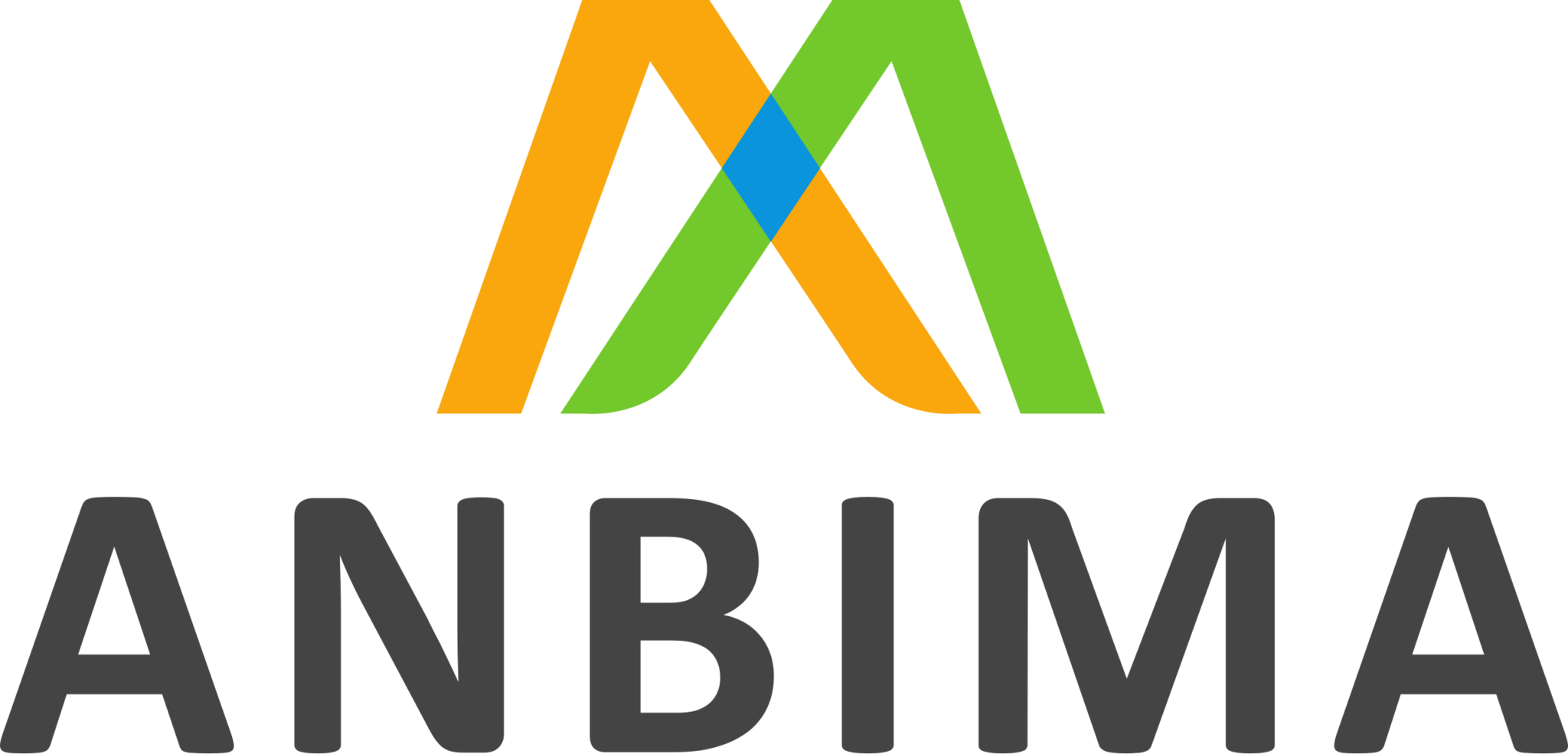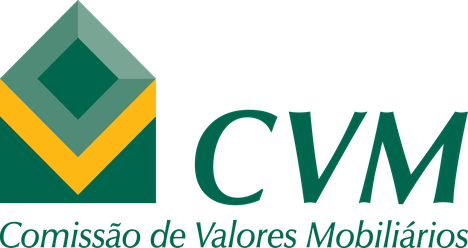In recent years, the Credit Rights Investment Funds (FIDCs) have stood out as an attractive investment alternative, especially for those seeking diversification and profitability above traditional fixed income.
The popularity of FIDCs, which were previously restricted to qualified investors, has grown significantly and are now accessible to a wider audience.
One of the main factors for this growth was the change in the regulatory landscape promoted by Law 14.754/23, which brought substantial benefits to FIDCs, such as the reduction of taxes, making these funds even more advantageous.
What are FIDCs and how they work
FIDCs are investment funds that have acquired credit rights, i.e., amounts to be paid by companies, such as duplicates, cheques and other receivables.
These debts are transformed into financial assets that can be traded in the market.
The fund raises funds from investors to buy these rights, with the promise that the return will be proportional to the payment of these credits by companies.
The professional management of FIDCs, which involves the careful selection of the most promising credit rights, is one of the points that attracts investors.
In addition, the possibility of accessing a more exclusive sector of the private credit market, often restricted to large corporations, made FIDCs an interesting diversification option.
The role of Law 14.754/23
One of the main reasons for the increase in popularity of FIDCs in recent years is directly related to Law 14.754/23, which, among other changes, introduced important changes in the taxation regime of these funds.
Previously, the FIDCs were subject to a tax system that included the Withholding Income Tax (IRRF) in the distribution of income, in addition to the so-called “come-quotas”, which was a form of charging 20% on short-term funds and 15% on long-term funds.
This resulted in a significant tax burden, impacting the investor’s return.
With the new legislation, the situation changed.
Law 14.754/23 brought two crucial changes:
Income tax reduction: FIDCs that are classified as “investment entities” and have at least 67% of their portfolio composed of credit rights have a more favorable taxation, with a reduced rate of 15% on the income.
This is a significant benefit for investors, who will have higher net profitability, as well as an incentive to invest in this type of asset.
End of the come-quota for some FIDCs: another important change was the application of come-quotas only to FIDCs that do not fall under the new rules, that is, those with less than 67% of the portfolio in credit rights. For these, the quota-feed remains at 15% or 20%, depending on the fund’s rating. However, funds that fit the new category, with greater exposure to credits, are exempt from this early collection, which provides a higher return for the investor over time.
How the law drives FDC growth
The relaxation of the tax regime provided by Law 14.754/23 not only reduces the tax burden for investors, but also creates a more favorable environment for the growth of FIDCs.
This regulatory change occurs at a time of high interest rates, which makes it even more attractive to search for more profitable alternatives, such as FIDCs.
In addition, Law 14.754/23 had a direct impact on emissions of FIDCs.
In 2023, there was a significant increase of 84.4% in emissions from FIDCs compared to the previous year, with a growth of R$ 33.9 billion.
This increase reflects the greater interest of investors in these funds, which now have a more competitive tax regime.
In the first quarter of 2024, the growth trend continued, with a 75% increase in emissions from FIDCs compared to the same period of 2023.
These figures indicate not only the popularization of the product, but also the strengthening of this type of fund as an important financing tool for companies from various sectors, especially those less served by traditional financial institutions.
The impact on the investor
With lower taxes and greater accessibility to FIDCs, investors can benefit from a more profitable fixed income option, with greater diversification and less exposure to bank credit risk.
For those seeking higher profitability than Selic, especially in a high interest rate scenario, FIDCs represent a solid alternative.
In addition, FIDCs allow investors to have access to private credit assets, a sector less explored and more profitable, which can balance the portfolio of those who want to diversify their applications without giving up relative security. Even more conservative investors have been interested in these funds, due to the moderate risk profile, which, when well managed, can offer a good ratio between risk and return.







